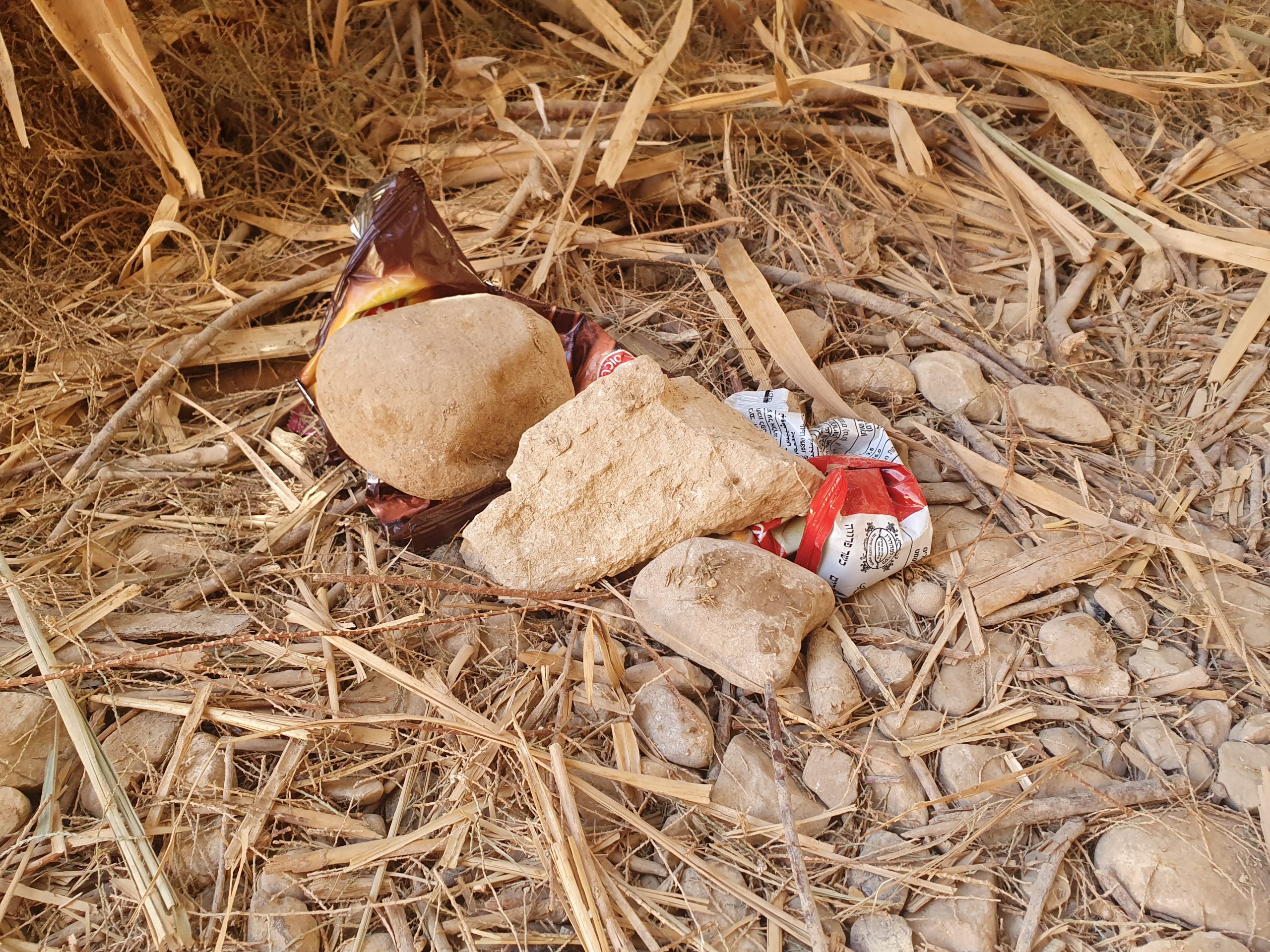Making Purim Sustainable
March 8, 2020How to celebrate Purim while minimizing the environmental damage
Purim is around the corner, which means that every other store in Israel is stacked with all kinds of colorful costumes for all age groups.
While the dresses, hats, and accessories look tempting at the moment, as we imagine how they’d form the perfect costume, the next day, most of these clothing pieces and accessories will end up in the garbage bin, where they will be transported to landfills and contaminate the environment long after Purim is over.
However, it is definitely not necessary to give up on one of the most cheerful, and not to mention colorful holidays of the year, as Purim can be celebrated in a more environmentally friendly way.
“For the most part, people use a costume a few times at most, and then throw it away,” says Michal Levy-Arbel, former fashion reporter and consumer, and ecology expert recently published with Shelley Gros’s book “Life Is Short, Don’t Fix Your Shoes.”
According to Levy-Arbel, for this reason, the costumes are usually manufactured in a way that does not allow reuse. “The items are normally of poor quality since they’re not supposed to survive laundry and be worn for a long time. The sewing is weak and the fabrics are low-quality.”
“Most people treat costumes as something that does not have to be reused,” says Levi-Arbel.

“The costumes are treated like disposable articles, which are designed for single use but will take a very long time to degrade. During that time, they cause a lot of environmental damage because most of the costumes are made of materials like nylon or other synthetics, which are basically plastics. These are items that cannot be recycled. They take up space in landfills, where they release gases that pollute the atmosphere and exude chemicals that seep into the soil and contaminate the groundwater,” he adds.
If, during their short lives, synthetic costumes are put in the washing machine, they might shed tiny plastic fibers that find their way into the sewer system and potentially into the sea. These particles are called microplastics (particles ranging in size from 5 mm to individual micrometers) and do not only originate from clothing but from any other plastic products that are carelessly discarded and break down into tiny little fragments due to environmental wear and tear including wave action, UV-light radiation, and wind exposure.
Microplastics do not only pose a threat to various marine animals who mistake these particles for food and ingest them, but also to animals higher up the food chain, including humans. In the past years, countless studies have found substantial amounts of plastic particles in the digestive tracts of commercial seafood including fish.
Disposable costumes are a symptom of today’s intense consumerism in the fashion world: the swift collections and low prices of clothing lead consumers to buy vast quantities of clothing that are worn only a few times, a phenomenon that has a significant ecological footprint.
For growing cotton, the fashion industry uses about 2.5 percent of the world’s cultivated land, about 13 percent of the world’s insecticides, and about 1,540 liters of water per pound of cotton produced. The fabrics are dyed using chemicals that are then dumped into the environment, and like costumes, the ink and packaging of many other apparel items contain synthetic polymers, nylon, and plastics.
The raw materials and textiles are transported over great distances in enormous quantities, only to end up in landfills after they were used.

Thrift shop costume for $5 dollars
Of course, there is no need to completely give up on costumes, which is just what makes Purim such a fun and spectacular holiday.
“Instead of ordering a new off-the-rack item from China, you should just go to the nearest thrift shop,” says Levy-Arbel. So, for example, my daughter and I found a stunning costume for her for just over $5 dollars in a second-hand store.”
Second-hand costumes may also be of higher quality and more durable, especially when using a little creativity, assorting pieces from regular clothing. Such items are pre-designed to last longer, and in many cases, they can be worn even after Purim.
“Buying costumes at a thrift shop is a smart option, both financially and environmentally,” adds Levy-Arbel.
Costumes and accessories in good condition can also be borrowed either directly from friends and family, or from online second-hand sellers. Facebook offers an array of pages and groups with options to buy, sell, borrow, and trade costumes for Purim and other occasions.

The costume that hides in our closet
Many times, the perfect costume is already in our closet and is just waiting to be assembled from old clothing items, costume pieces from previous years, and various accessories that we already have.
It may be that the old black dress that is no longer in style is now perfect for a witch costume, or the colorful shirt we wish we had never bought in the first place makes for a great clown costume.
Searching the cabinets at home for the item that completes the look can also be a fun and creative family activity.
The same is true for makeup: it is not necessary to buy a whole new set of colors for the costume. With a bit of creative thinking, you can figure out how to use makeup that is already in your bathroom.
“It’s always better to use what’s already in the house,” Levy-Arbel concludes. “It’s worth thinking about the purpose of every item we want to buy: we sometimes drift off fantasizing about what’s important to our children or us, but in the end, wonderful things can be done with what we already have.”
This ZAVIT article was also published in The Jewish Journal on 03/05/2020.







